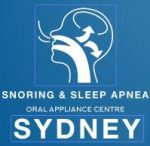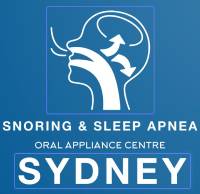Intro:
Welcome to our insightful journey into the intricate world of sleep apnea. In this blog post, we’ll unravel the mysteries surrounding how the anatomy of the throat and mouth can significantly contribute to snoring and, ultimately, sleep apnea. Understanding the mechanics of relaxed throat muscles and narrowed airways is key to grasping the complexities of these sleep disturbances.
Body:
1. **Throat Anatomy 101:**
– Establish the normal functioning of these structures during wakefulness and how they can impact sleep.
2. **Relaxed Throat Muscles:**
– Explain the phenomenon of muscle relaxation during sleep.
– Detail how this relaxation can lead to the collapse of throat muscles, obstructing the airway and causing vibrations (snoring).
3. **The Dynamic Uvula:**
– Explore the role of the uvula in snoring and sleep apnea.
– Discuss how an elongated or swollen uvula can contribute to airway obstruction.
4. **Tonsils and Sleep Disturbances:**
– Examine the connection between enlarged tonsils and sleep apnea in both children and adults.
– Discuss how removal of tonsils may be a treatment option in certain cases.
5. **Narrowed Airways:**
– Illuminate the impact of narrowed airways on breathing patterns during sleep.
– Explore conditions such as nasal congestion and allergies that can contribute to airway constriction.
6. **The Nighttime Symphony: Relaxed Muscles and Vibrations:**
– Paint a vivid picture of how relaxed throat muscles and narrowed airways create the nighttime symphony of snoring.
– Discuss the difference between snoring and the more serious interruptions in breathing characteristic of sleep apnea.
7. **Position Matters:**
– Highlight how sleeping position can influence the severity of throat-related sleep disturbances.
– Offer tips on optimal sleeping positions to minimize airway obstruction.
Conclusion:
As we conclude this exploration into the connection between throat anatomy and sleep apnea, it’s evident that the dynamics of our airways play a crucial role in these sleep disturbances. By comprehending the interplay of relaxed throat muscles and narrowed airways, individuals can be better equipped to address and manage snoring and sleep apnea. Stay tuned for more insights into the fascinating world of sleep health by Sleep annoring appliance centre!


